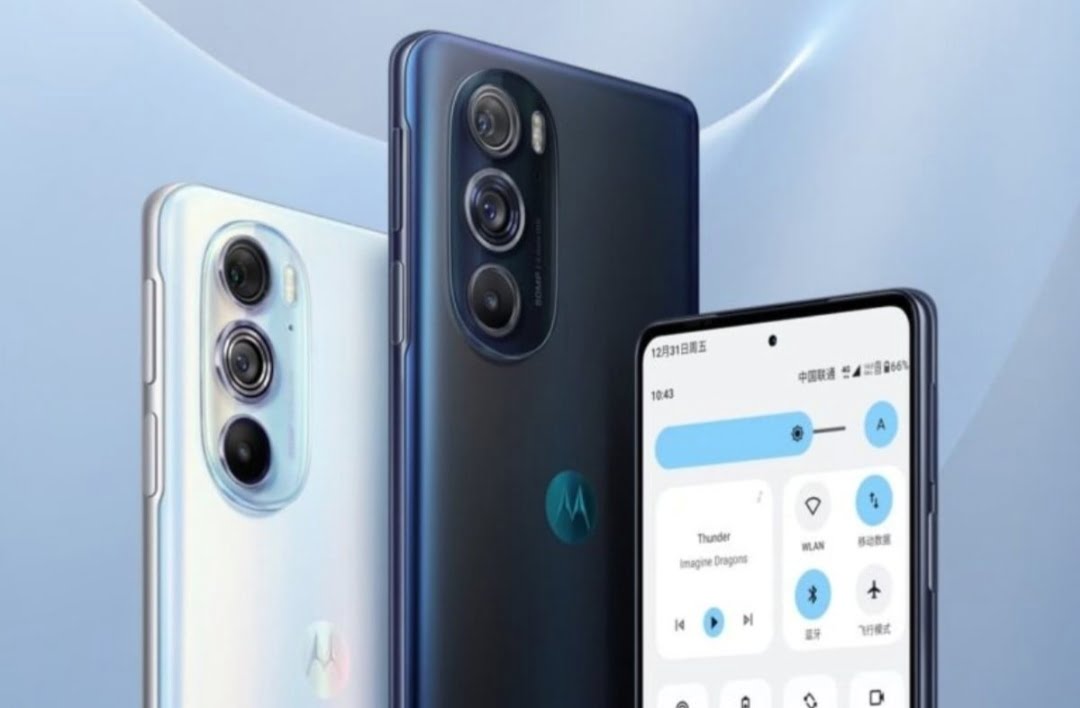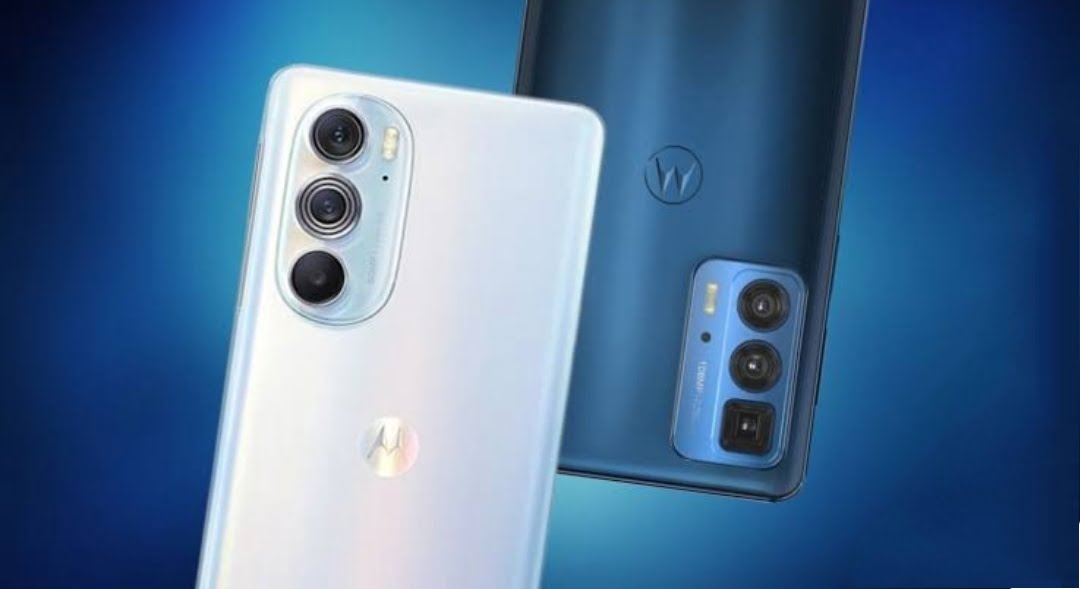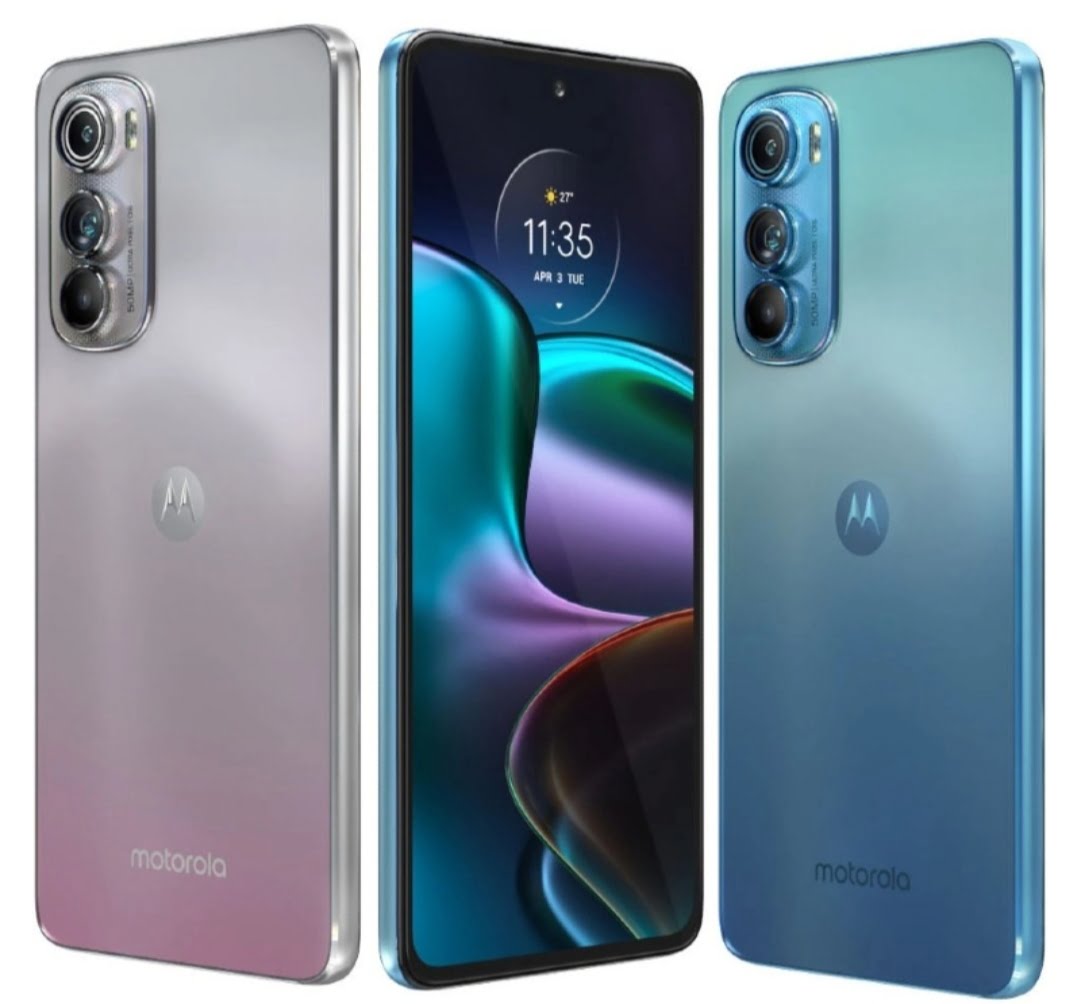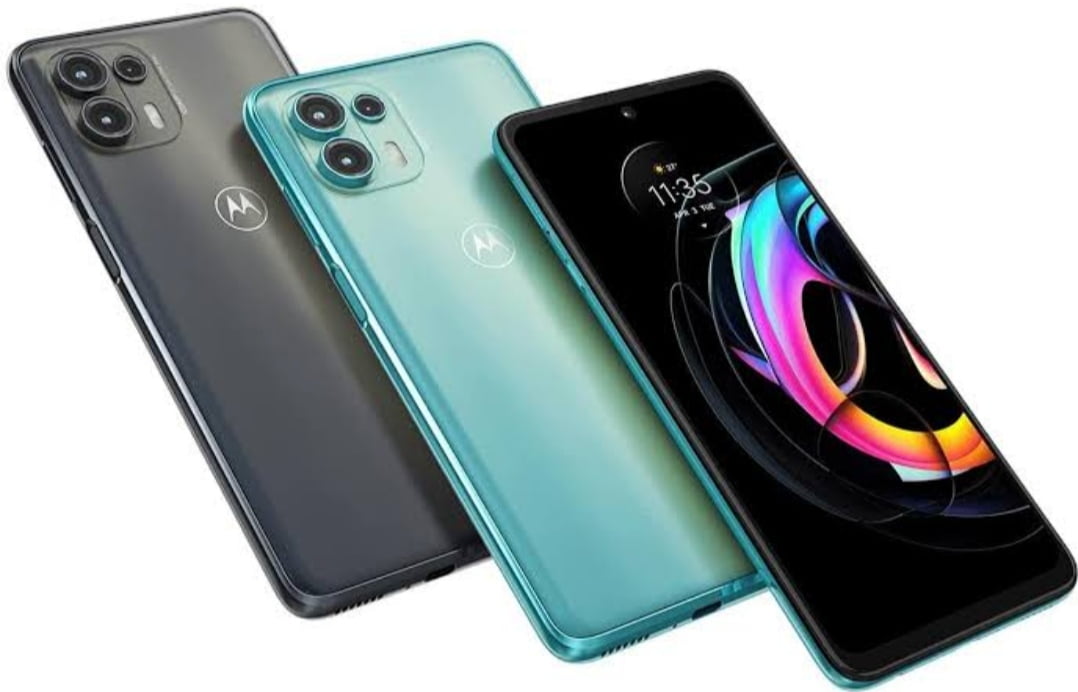
Motorola Edge 30: Is It Really Worth Rs 30,000?
In terms of design, Motorola Edge 30 is much better than Motorola Edge 30 Pro, Motorola’s premium mid-range smartphone. The phone is aimed at competitors such as the Vivo V23, OnePlus Nord 2, Samsung Galaxy M53 5G, and Realme 9 Pro+. Motorola promises a streamlined Android 12 software experience that most competitors do not provide. In addition, both the rear cameras are 50 megapixels, and the selfie camera is 32 megapixels, which will likely appeal to camera enthusiasts.
Despite the new Motorola Edge 30’s promotion as the slimmest 5G smartphone, Motorola is still offering a maximum of 128GB storage with its smartphones. Is the new Motorola phone good enough for customers looking for devices under Rs 30,000? Let’s take a closer look.
Design
One of the lightest and slimmest smartphones you’ll find at this price is the Motorola Edge. Approximately 6.79mm thick and 155 grams in weight comes in two colors (aurora green and meteor gray). Vivo V23 is 7.5mm thick compared with iPhone SE 2, and both are available at similar prices. The Edge 30 Pro is lighter than the older Edge 20 (163 grams).
There’s no doubt that the Motorola Edge 30 is extraordinarily portable, and occasionally you may forget it’s in your pocket. With one-hand gesture support, the device can be operated smoothly in the palm of your hand. Polymethyl methacrylate (PMMA) is used for the body and Corning Gorilla 3 for the display panel. PPMA offers a glasslike appearance, but it is a plastic material.

Due to the sleek design, the product’s durability is a concern. As part of the package, the phone comes with a transparent silicone case, but it completely ruins the look and feels of the device. Currently, third-party vendors need to develop a suitable protective case that doesn’t ruin the thin design and its overall appearance. Furthermore, the phone is dust and water-resistant and receives an IP52 rating.
Display
Featuring a 6.5-inch Full-HD-resolution pOLED display (2,400 x 1,080 pixels), HDR10+ support, 144Hz refresh rate, and 20:9 aspect ratio, the Motorola Edge 30 features a 6.4-inch pOLED display. In addition to the hole-punch cutout for the selfie camera, Motorola adds an under-display fingerprint sensor to its smartphones. While the fingerprint sensor works, it is susceptible to moisture buildup. Most mid-budget and budget smartphones have this issue with their under-display fingerprint scanners.

This type of display is also found in the Moto G52 and provides an OLED-like viewing experience, although it is thinner than other OLED panels. However, we can’t thoroughly test the durability until after several months of use. As for other features, the Motorola Edge 30 offers a vivid display and support for HDR10+. The 144 refresh rate makes gaming a pleasant experience. While not the best, 360Hz is a decent sampling rate for a touch screen.
Performance
The Motorola Edge 30 is powered by Qualcomm’s Snapdragon 778G+ SoC, offering more horsepower than the Snapdragon 778G. It scored 828 and 2,870 points in Geekbench’s single- and multi-core tests. Geekbench scores for the Snapdragon 778G on Samsung Galaxy M52 5G are slightly better, but it is still not a huge jump. This phone scored 8,711 points in 3D Mark’s Wild Life test – much higher than most competitors in this class. Within 15 minutes of the throttle test, the phone throttled to 78 percent.

The Motorola Edge 30 ran most apps smoothly, even leaving the numbers aside. During gameplay, the battery management was inconsistent for games such as Asphalt 9 and Pokemon Unite. In addition to offering Android 12, Motorola continues to ship newer smartphones with clean software like the Motorola Edge 30, and the Settings UI still doesn’t seem to be the most user-friendly. The phone will also receive Android updates for two years and security updates for three years.
Cameras & Battery
The Motorola Edge 30 offers two 50-megapixel cameras, which will attract customers. It comes with an OIS-enabled primary camera and a macro sensor. It also has a 2-megapixel sensor at the back. On the Motorola Edge 30, most images have a natural tone. It can take good pictures both during the day and at night. We get sharp pictures with the Realme 9 Pro+ displaying more depth and clarity regarding optical image stabilization.
Despite the sensor’s wide-angle capabilities, its macro photography capabilities are superior. Under most lighting conditions, however, the front camera produces overly boosted photographs and fails to identify my skin tone. In most cases, it’s the kind of colors users prefer in their selfies that determine the quality of the photos.
Motorola Edge 30 comes with a 33W TurboPower charger is included in the package. The phone reached 50 percent charge with the bundled charger in 25 minutes, but it took about an hour to reach 100 percent. Users can still get a full day’s use out of the 4,020mAh battery unit with regular service, and a 144Hz refresh rate is still enabled.

If you aren’t looking to spend more than Rs 30,000 on the phone, Motorola Edge 30 is a great option. Also, the phone supports 5G (13 bands) and carrier aggregation for an improved connection. You get an immersive display and a capable processor, making it an ideal phone for productivity-driven users. The Vivo V23 offers good performance with the rear camera, but if the front camera is essential, you might want to consider the Vivo V23. While it is limited to 128GB of storage, the Motorola Edge 30 may be suitable for some users. However, if you want to download apps and snap pictures without worrying about storage, I generally recommend 256GB storage variants.
edited and proofread by nikita sharma



